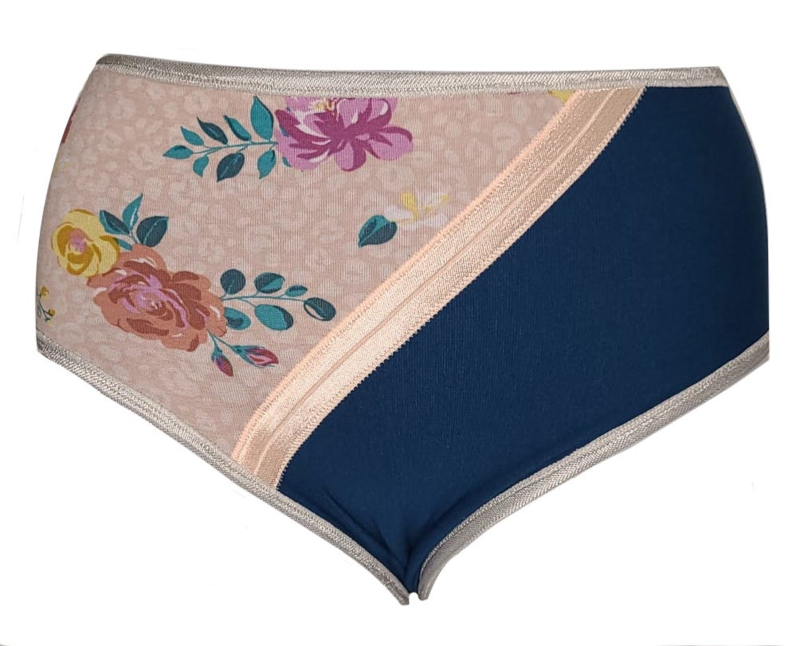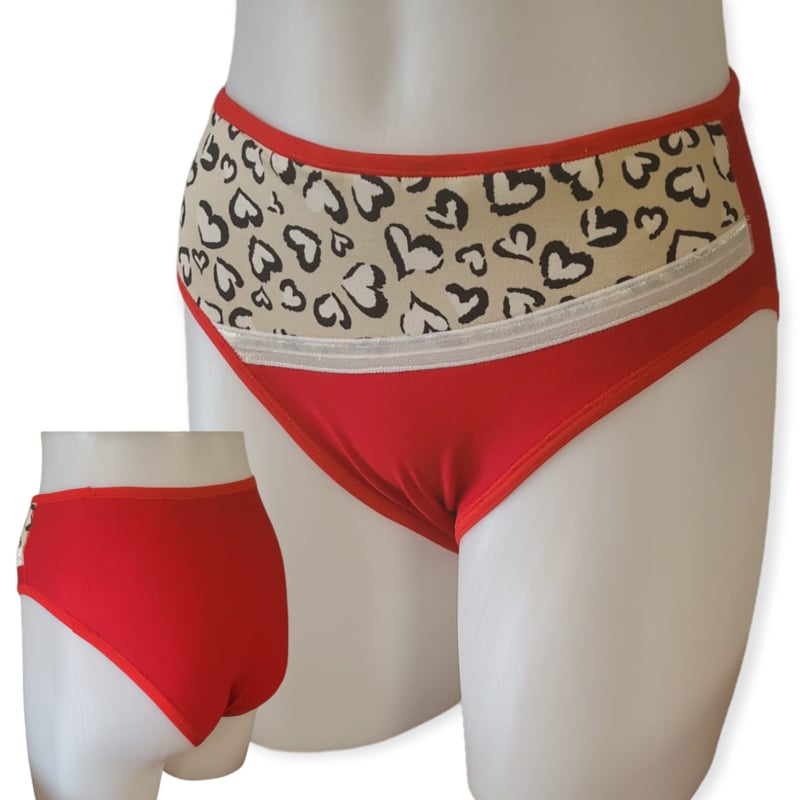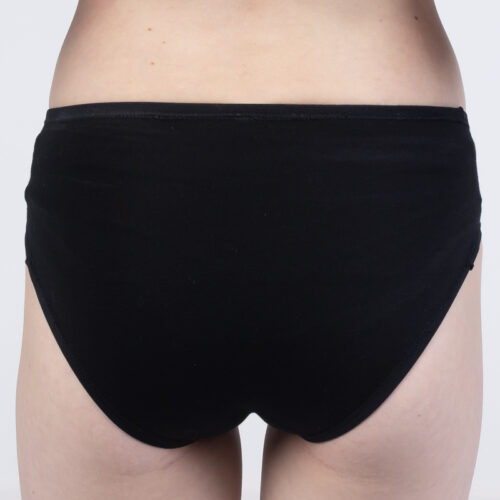


More than 10 different types
Stylish, handmade compression underwear
We have developed these underpants in consultation and in collaboration with all kinds of lovely people. We will also introduce new models, such as compression boxer shorts, but we are still busy with that. So keep an eye on the site ;)
TOP QUALITY
Just like our binders, our panties are also of the highest quality. Nice, soft, comfortable fabric that also does its job well!
Stylish Modern
As far as we are concerned, it does not always have to be black or white. That is why we also work with fun and cheerful colors.
What is tucking?
Tucking is a way to conceal the genitals, such as the penis and scrotum, to make them less visible under clothing. People who tuck push their penis backward between their legs to make it less noticeable. This technique is often used by transgender individuals, drag performers, and others who wish to hide their genitals. The goal is to create a smoother body shape. It’s important to tuck safely.
What are the risks of tucking?
Tucking, especially if not done safely, can pose various health risks, such as causing pain and infections. It’s important to approach tucking with care and to monitor the health of the genitals to minimize these risks. You can read all about it in our blog: “What is responsable tucking?”
Is tucking painfull?
Tucking can be uncomfortable or even painful if not done properly, but many people find ways to do it safely and comfortably with practice. Tucking involves positioning the genitals in a way that creates a flatter appearance, typically for trans women or non-binary individuals. Here are a few factors that can influence whether tucking is painful or not:
- Proper technique: Learning how to tuck correctly is crucial. Incorrect technique can lead to pain, discomfort, or even injury. It’s important to gently guide the testes into the inguinal canals and secure the penis in a way that doesn’t put too much pressure on sensitive areas.
- Using the right tools: Many people use specialized tucking underwear, gaffs, or tape to secure the tuck. Wearing the right clothing that provides gentle support and doesn’t cause chafing can reduce discomfort. Using tape can sometimes cause pain or irritation if applied or removed incorrectly.
- Duration: Tucking for long periods of time, especially without breaks, can cause discomfort. It’s generally recommended to take breaks to avoid strain.
- Body sensitivity: Everyone’s body is different, and some people may experience more discomfort than others when tucking, especially if there is any pre-existing sensitivity or irritation in the area.
- Tightness of clothing: Wearing overly tight clothing while tucking can cause pressure and discomfort. It’s important to find a balance between a snug fit and not too much compression.
If tucking becomes painful, it’s important to stop and give your body time to recover. Over time, many people become more comfortable with tucking, especially when they use proper techniques and tools. If pain persists, it might be helpful to consult a healthcare professional for advice.

